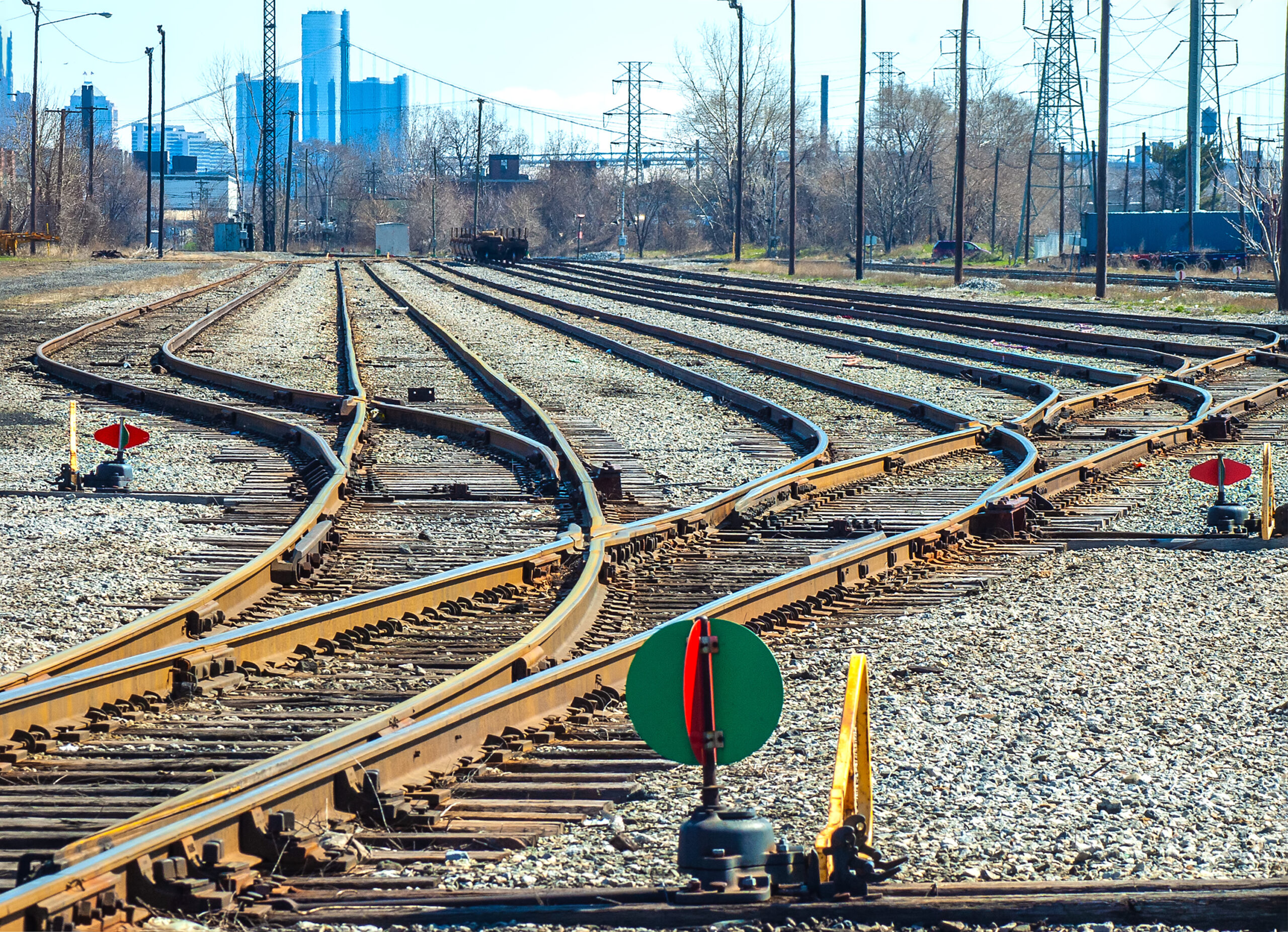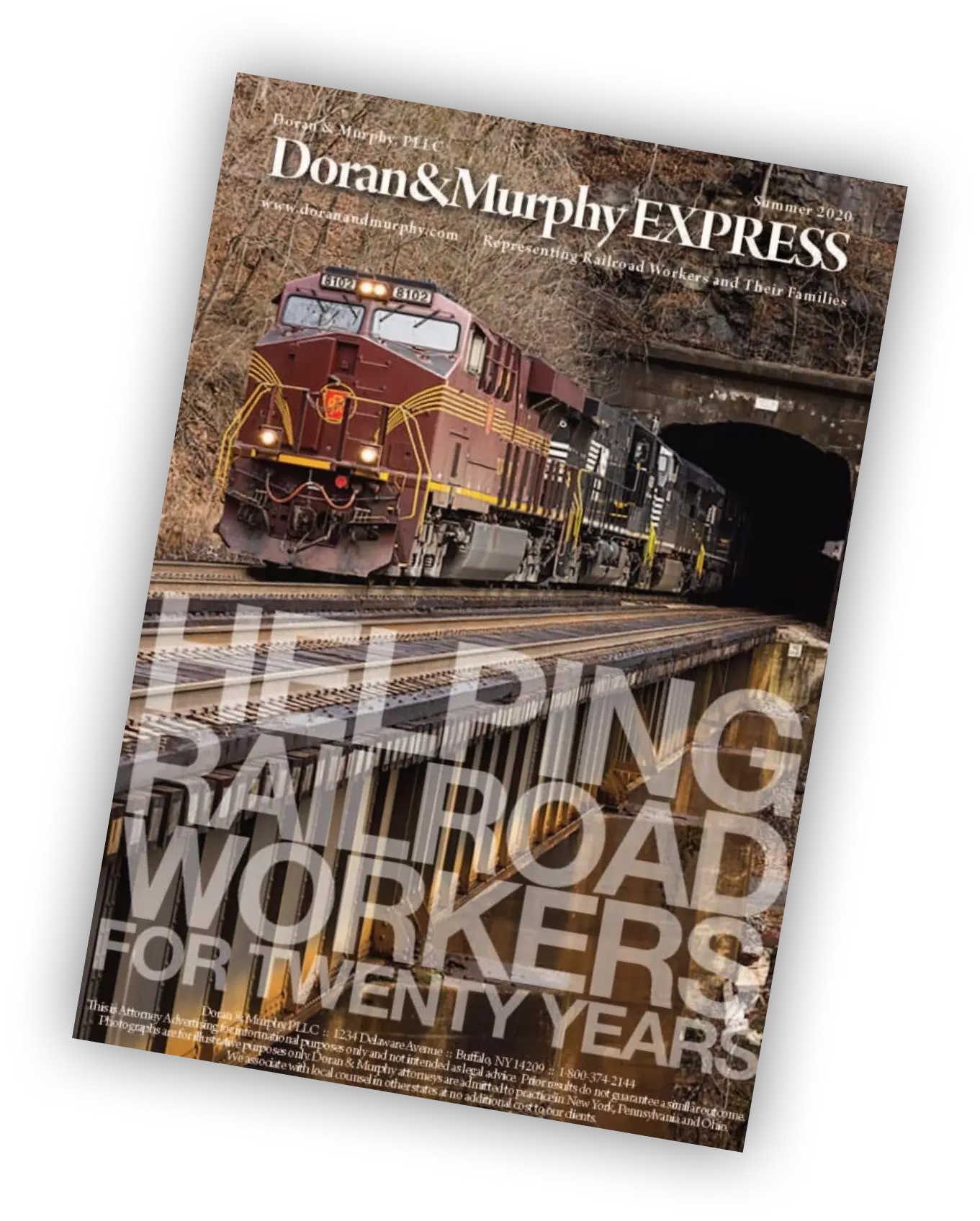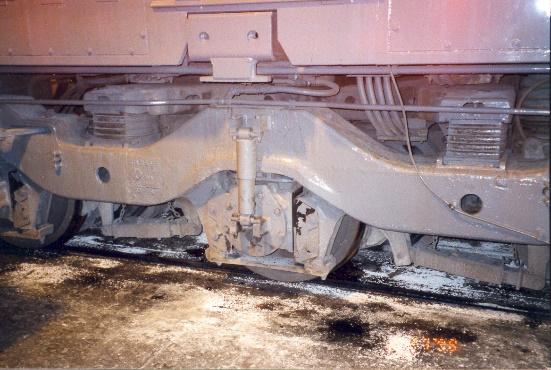
A prior blog detailed the many different ways that railroad yard switching is hazardous for railroad workers. It is no secret in the railroad industry that many switching injuries are directly related to choices made by railroad management to put profits over workers due to Precision Scheduled Railroading. Obvious examples can be seen with (1) the railroads’ desire to use more and more remote control (RC) units to reduce payroll costs, even it that means added dangers for employees operating RC units or working near them, and (2) the recent railroad industry insistence on workers getting on and off moving equipment (GOOME) to avoid the added time it takes trains to stop before workers mount/dismount. One switching safety hazard that has resulted in the serious injury or death of countless railroad workers but has not received enough attention relates to “slack action.”
According to the National Transportation Safety Board (NTSB), “slack action is the free movement, or travel, of a railcar before it transmits motion and force to an adjoining coupled car. Force from acceleration or braking is applied down the train through mechanical couplers at the railcar ends. Because there is travel, or slack, between the ends of railcar couplers, and because the couplers are often combined with shock-absorbing draft gear that itself allows a certain amount of travel, each railcar experiences some free movement before it receives the force applied by the locomotive or braking system.”¹
Slack action can result in rapid deceleration when the “slack runs out” or rapid acceleration when “slack runs in.” Each of these conditions can be dangerous for railroad train crews who may be riding on the sides of moving railroad cars and equipment. A video showing an example of slack action can be seen here:
A Federal Railway Administration (FRA) Accident Investigation Preliminary Report² released in January 2025 highlights the dangers of slack action. This report was issued as a result of an accident involving a conductor trainee who was killed while working for CSX Transportation in Baltimore, Maryland. During a switching operation, the locomotive engineer changed the throttle and brake position which lead to a change in slack action. As a result, the conductor trainee lost his balance and grip on a grab iron while riding point on the lead car of the train movement. Unfortunately, the worker fell onto the live tracks and was fatally injured when the train ran him over. The FRA report noted that CSX took the following actions to reduce the risks such injuries happening in the future:
- Extension of training period for trainees
- Enhanced hands-on equipment training for trainees
- Revised conductor training program to provide better training methods
- Smaller training class sizes for more individualized attention
- Introduction of an enhanced mentoring program
- Introduction of new policy for trainees to work only with more experienced conductors
- An enhanced hiring process has been implemented
- Slack action training has been improved
Railroad companies should not wait for an employee fatality to implement enhanced safety training measures. Every railroad should spare no time or expense when it comes to employee safety training and education. If you or a loved one have been injured in a railroad yard switching injury caused by slack action, call the railroad injury attorneys at Doran and Murphy, PLLC.
¹https://www.ntsb.gov/investigations/AccidentReports/Reports/RIR2306.pdf





